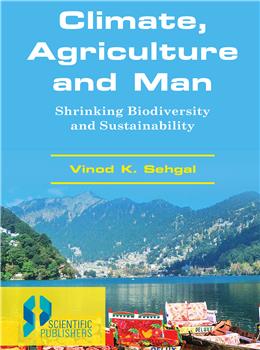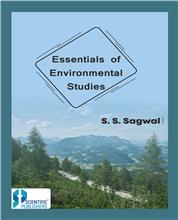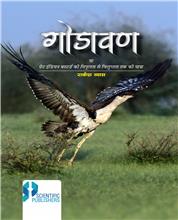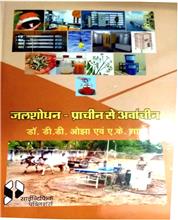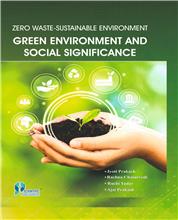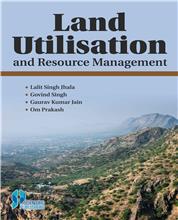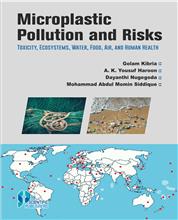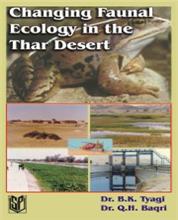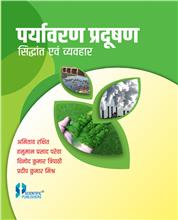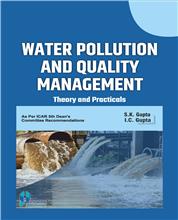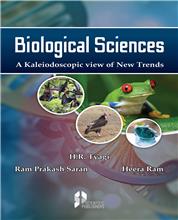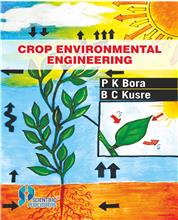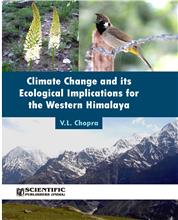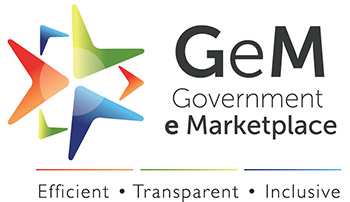1.0 INTRODUCTION
2.0 Nature: A Tribute
SECTION 1. LIFE ON PLANET EARTH
3.0 Early Climate, Origin of Life and Evolution of Continents
3.1 Planet Earth: The Beginning
3.2 Origin of Life
3.3 Planet Earth: From Single Continent Pangaea to Continental Split
3.4 Continental Drift
4.0 Natural Resources
4.1 Non- Renewable and Renewable Resources
4.2 Water
4.3 Soils
SECTION 2. CLIMATE AND ENVIRONMENT
5.0 Climate and Environment
5.1 Global Warming
5.2 Climate, Biodiversityand Greenhouse Gases
5.3 Volcanic Eruptions, Floods, Cloud Bursts, Sea Storms etc.
SECTION 3. UNDERSTANDING BIODIVERSITY
6.0 Biological Science: Basics Affecting Biodiversity
6.1 Bio-communications: Birds of Feather Flock Together
6.1.1 Intraspecific Interactions
6.1.2 Interspecific Interactions
6.2 Evolution: Descent with modification
6.3 Genetics and Inheritance of characters
6.4 Biological species: the only real taxonomic category
6.5 Speciation
7.0 Biodiversity: Living Natural Resource
7.1 World Biodiversity Hot Spots
7.2 World Biodiversity
7.3 Geographic Distribution and Abundance of Species
7.3.1 Biodiversity: Spatial Distribution
7.4 Exploring Biodiversity
7.5 Biological Systematics
8.0 Biodiversification (Insects,Flowering Plant and Man)
8.1 Insects and Flowering Plants
8.2 MAN: TheHomosapiens - Here, there, and everywhere
8.2.1 Poverty of Human Resource
9.0 Shrinking Biodiversity: Concept and Impact
9.1 How Living Ecosystems Are Affected?
10.0 Shrinking Biodiversity: Living Ecosystems
10.1 Forests
10.2 Grassland, Mountain Slopes,Valleys and Plains
10.3 Flowering Plants and Insect Diversity
10.4 Below Ground Biodiversity
10.5 Aquatic Biodiversity
10.6 Human Natural Resource
10.7 Biosphere
SECTION 4. BIODIVERSITY AND AGRICULTURE
11.0 Biodiversity and Agriculture
11.1 Production Systems
11.2 Sustainability Vs Unsustainability
12.0 World Agriculture
12.1 World Trade Organisation (WTO): (Policy Perspectives and World Agriculture Trade)
12.2 Legislative support : (Environment Protection Agency (USEPA) in USA; UNEP and the Indian Biodiversity Law 2002)
13.0 Green Revolution:Breaking Production Barriers
14.0 Biological Warfare Begins: All Love is Lost
14.1 Agroecosystems and Pesticide
15.0 Pests: Insects, Weeds and Microbes
16.0 Insecticide Resistance in Insect Pests
17.0 ManMade Ecological Disasters
17.1 Clearing Natural Forests for Farm and Urban Needs
17.2 Valley Agriculture, Terrace Cultivation on Himalayas
17.3 Conservation of Himalayas and similar mountains as Natural Resource Parks.
17.4 Conservation of Mangroves
18.0 IPM- Integrated Pest Management
18.1 IPM- Concepts and Success Stories Definition and Concept; Major Objectives; Why IPM? Biotic Stress Mapping; IPM- How does it Work? IPM- Success Stories
18.2 IPM- Strategies for Pest Management
18.2.1 Farmer and Cultural Practices
18.2.2 Host-Plant Resistance (HPR)
18.2.3 Biological Control, Biological Control Agent’s Diversity,Three Basic Components of Biological Control: Introduction, Augmentation and Conservation
19.0 Botanical Pesticides
19.1 Botanical Pesticides:Future of Pest Management
19.2 Neem: Azadirachtaindica A. Juss., (Meliaceae)Ancient knowledge, diversification; Neemuse in prehistory, spread through human civilization: spread of Siddha Mission to China; Neem in Siddha: Potential in agriculture and human welfare
19.3 Recent biopesticidaluses of Neem
20.0 Genetics and Plant/ Animal Breeding
20.1 Genetics and Plant Breeding
21.0 Genetically Modified Crops, Biotechnology
22.0 Organic agriculture and biodiversity
22.1 Relevance of Organic Farming
23.0 Plantation Crops and Hill Agriculture
24.0 Should Chemical Pesticides Be Banned?
24.1 Chemicals and Pesticides Industry
25.0 Conservation
26.0 Holistic Agriculture
26.1 Three Pillars of Sustainable Development: Environmental, Economic and Social
SECTION 5. BIODIVERSITY AND SOCIO- ECONOMICS OF MAN
27.0 BIODIVERSITY AND SOCIO-ECONOMICS OF MAN
27.1 Life Styles
27.1.1. Mahatma Gandhi: His Commands for Healthy Life Style
27.1.2. Yoga
27.2. Art of Living
27.2.1. Ageing
27.2.2. Hearing Loss, Blindness
27.2.3. Diabetes, Obesity and Free Radicals
27.3 ECONOMIC COSTS of Wilful Destruction of Natural Biodiversity Resource have been Colossal
28.0 Social Welfare State:Dream or Achievable Reality? That Morning will Surely Come One Day “WhohSubahKabhi to Aaeygi”
29.0 Basic Human Rights: Not Negotiable
29.1 Right to Food and Nutrition
29.2 Right to Life and Medical Support
29.3 Right to Social Security and Old Age Support
30.0 Suggested Agenda
30.1 A New Beginning
30.2 Empower Young People
30.3 Nation Building an Uphill Task
31.0 CONCLUSIONS
32.0 Epilogue
33.0 REFERENCES
